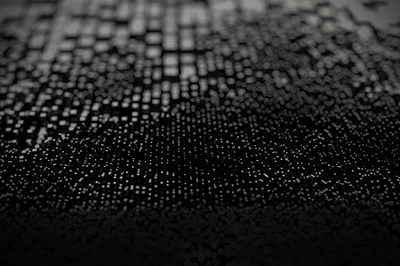Regis University
December 13, 2024
When NASA sends humans back to the moon next year for the first time in 53 years, the agency will keep in touch with astronauts from the moment they leave Earth thanks to a system called the Deep Space Network — and Regis alumnus Sonny Giroux.
Giroux, who earned his degree in business administration with a concentration in management in 2007, is the Deep Space Network program manager for NASA subcontractor Peraton. And although he’s firmly planted on Earth, his work travels among the stars and planets of the Milky Way Galaxy.
The Deep Space Network, a series of ultra-powerful radio antennas located in California, Spain and Australia, enables NASA and its Jet Propulsion Laboratory to communicate with spacecraft that travel to the moon, planets in our solar system and beyond. For Giroux, the network — also known as the DSN — has placed his career at the heart of some of NASA’s most innovative missions. While Giroux’s team doesn’t work on the spacecraft themselves, they enable them to communicate with Earth.
“We make it possible for the rovers and voyagers and all of the spacecraft — anything that is out there in space — to communicate with Earth,” Giroux said. “Without the DSN, the missions would essentially just be unable to communicate, and we’d learn nothing about the Martian surface. We’d learn nothing about potential life … There are just so many discoveries that we’re learning about in our solar system and galaxy and our universe.”
When NASA’s Artemis II mission launches in September 2025, it will be far from the first time Giroux has helped the space agency communicate in deep space. During the course of more than 13 years as the DSN program manager with Peraton, Giroux has helped manage communications with missions including the Mars Perseverance rover, which is designed to search the planet for signs of ancient life. He also communicates with Voyager 1 and 2, twin spacecraft launched in 1977 to develop the “first in-depth reconnaissance of the outer planets” and are currently “charting the edge of interstellar space,” according to NASA.
Although Giroux has dedicated a large part of his career communicating into deep space, Artemis II will be the first time he contributes to a mission involving human spaceflight. The mission will send the first woman and first person of color to the moon’s surface. The prospect of protecting human lives means that Giroux and his team at Peraton have ramped up their preparations, following what they call a “follow the moon” schedule, which means that the Peraton DSN team works whenever the moon is in view, as well as their regular daylight hours. This means the team is working around the clock.





